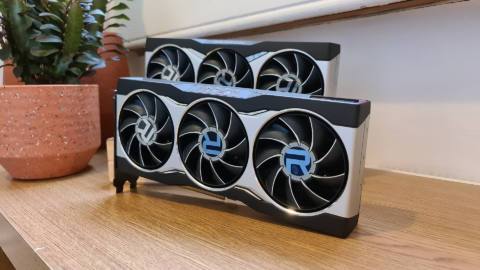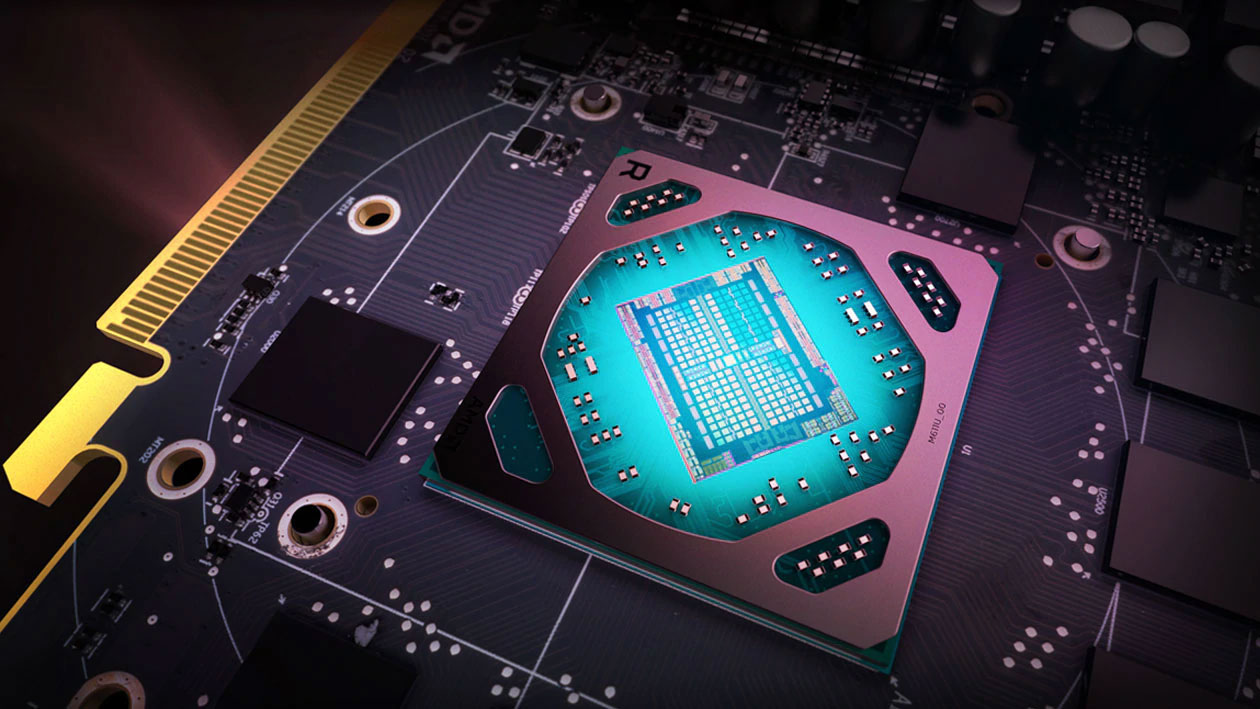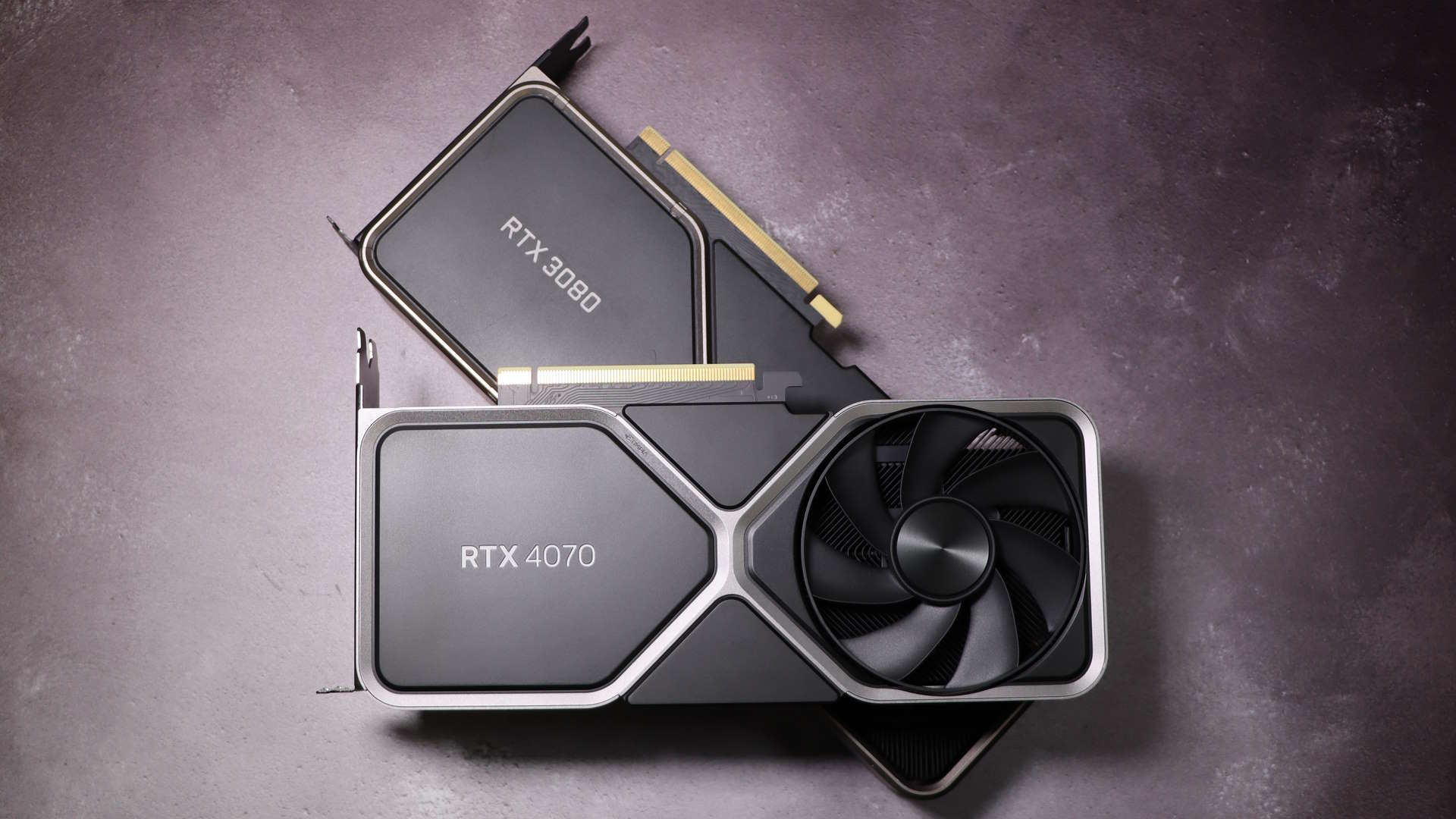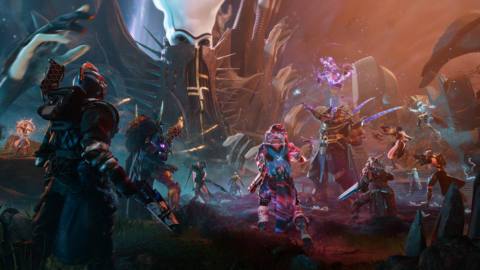I hate to say I told you so. But back in October I pondered whether AMD might give up on gaming graphics chips for PCs. Now, AMD has released it's latest financial results and things only look more ugly.
For the first quarter of 2024, AMD said that its gaming revenues were down a massive 48% compared to the same period in 2023. While some of that fall reflects an inevitable cyclical downturn in revenues from games consoles—put simply, the consoles have been out for a while and sales are beginning to flag—AMD also conceded that “lower AMD Radeon GPU sales” were also to blame.
What's more, even AMD says things will get worse before they have any chance of getting better. “Demand has been quite weak,” AMD's CFO Jean Hu said, “we actually think the second half will be lower than first half. That's basically how we're looking at this year for the gaming business.”
In fact, the only good news AMD could come with regarding gaming products was that they were quite low margin, so selling fewer of them would mean AMD's overall average margins would improve on account of the shrinking gaming business. “Gaming's gross margin is lower than our company average. So overall, it will help the mix on the gross margin side,” Hu said. Ouch.
Meanwhile, games consoles aren't looking all that healthy, either. Microsoft says Xbox sales are down by 31% for its most recent reported quarter and the company's future expectations for console sales are pretty pessimistic, too.
Games, of course, are becoming super expensive to develop at the same time as sales of hardware are shrinking. All told, there's a bit of a broader gaming industry crunch ongoing.
Rumour has it the next Xbox may be intentionally more niche, akin to Microsoft's Steam Deck, something for the keenest Xbox fans rather than an attempt at a mass market platform. That's hardly good news for AMD revenues given that Xbox has been based on pure AMD hardware for multiple generations.
Maybe Sony will do something spectacular with the upcoming PS5 Pro or PS6 to revitalise the console market. But it's hard to come to any other conclusion than a fairly pessimistic one regarding AMD's medium term prospects in gaming graphics, be that on the PC or console.
With all that in mind, rumours that AMD has ditched all plans for high-end members of its upcoming next-gen RDNA 4 GPU range make sense. Why bother with all the investment when nobody is going to buy the GPUs anyway, especially now that cryptocurrency miners can't be relied on to mop up a whole load of cards?
And if you question the idea that nobody will buy AMD GPUs, well you only have to look at Valve's Steam hardware survey data. For sure, it's not the perfect data set. But it shows Nvidia cards being used by over 75% of gamers and AMD on about 15%.

Of course, that includes loads of older GPUs. In fact, you have to go to position eight in the list of most popular GPUs on Steam to find one from AMD or Nvidia's current generation of graphics cards (it's an Nvidia GPU, obviously).
Oh, and in terms of the most popular individually identified AMD GPU (as opposed to a generic AMD Radeon entry), you have to go all the way down to 31st place. The really horrifying fact is that, of the top 100 GPUs, the only AMD current-gen product that makes the list is the Radeon RX 7900 XTX.
The RX 7800 XT, 7700 XT, 7600 XT and 7600 simply do not appear. So, yeah, you can argue the toss over how accurate the Steam survey really is. But it's very hard to imagine that the Radeon RX 7000 Series is anything but a retail disaster when it's making pretty much zero impact on surveyed gamers on the biggest and most important PC gaming platform.
The thing is, AMD's previous Radeon RX 6000-series was actually very strong competition for Nvidia's Ampere generation of RTX 3000 GPUs in technical terms. But it had pretty much zero impact itself in terms of improving AMD's PC gaming graphics market share.
The Radeon 7000 family has been quite a bit less compelling versus Nvidia's RTX 4000-series GPUs. And so it's hardly surprising to find already poor sales falling further.
All of which begs the questions of what AMD can do to turn things around, and will it, or even should it bother to try? The biggest disappointment with the RX 7000 line was its failure to materially improve ray-tracing performance.
For sure, AMD's FSR upscaling technology also isn't as good as Nvidia's DLSS, either. But FSR can and is being updated. So, you could buy an AMD GPU with some expectations of improvement in that area, and it's really not that far off in real terms, either.

It’s hard to see why AMD will keep investing in what AMD itself dismisses as a low-margin business.
Not so for an AMD GPU's ray tracing prowess. The hardware is what it is and driver optimisations aren't going to close the huge hardware gap to Nvidia in that area.
Some will argue that ray tracing is overhyped, isn't in that many games, and doesn't actually make a huge difference to visual quality when it is. There's some truth to those sentiments. But, equally, there's no denying that ray tracing is becoming ever more widely adopted and that it's impact in terms of graphical quality is likewise increasing.
In the end, it's pretty tough to choose AMD when Nvidia's feature set is just so much better, even if it may not make all that much difference in all the games. When you're spending many hundreds and hundreds of dollars, you want to think you have the best chance of enjoying whatever eye-candy it is that's released next month or even next year. With the best will in the world, it's hard to see AMD as the best choice for that.
It's notable in this context that Nvidia's efforts with its AI GPUs do seem to be relevant for its gaming chips, too. Nvidia invests megabucks in developing AI Tensor cores for its AI chips, as used by all the latest large language AI models. Then those Tensor cores get dropped in gaming chips and help make Nvidia's DLSS upscaling clearly better than AMD's non-AI FSR.

Best CPU for gaming: The top chips from Intel and AMD.
Best gaming motherboard: The right boards.
Best graphics card: Your perfect pixel-pusher awaits.
Best SSD for gaming: Get into the game ahead of the rest.
Of course, AMD is trying to get into the the AI training and inferencing game itself with the Instinct MI300 chip. And that, perhaps, is the main if modest cause for hope. If AMD can gain some traction in that huge market, it will not only be making lots of money, it will be in a position to do a similar thing to Nvidia and push some of that technology across into its gaming GPUs.
So, maybe then it can invest properly in technologies like ray tracing and deliver an AI-based upscaling solution that's really competitive with Nvidia's. Of course, going by current estimates from both AMD and Nvidia, the latter will generate at least 20 times more revenue from AI GPU sales this year. So if booming AI revenues and technology are going to help turn around AMD's fortunes in gaming graphics, it'll take years before we see any evidence of that.
Ultimately, then, I'll stick to what I said last time around. RDNA 4 and the Radeon RX 8000-series, as it will presumably be known, will be limited in scope and something of a stop gap. It'll be RNDA 5 in late 2025, or more likely 2026, that could be the last roll of the dice for AMD and its Radeon gaming graphics. If that's a flop, it's hard to see why AMD will keep investing in what AMD itself dismisses as a low-margin business. And so it could be adios for discrete Radeon GPUs on the PC.






